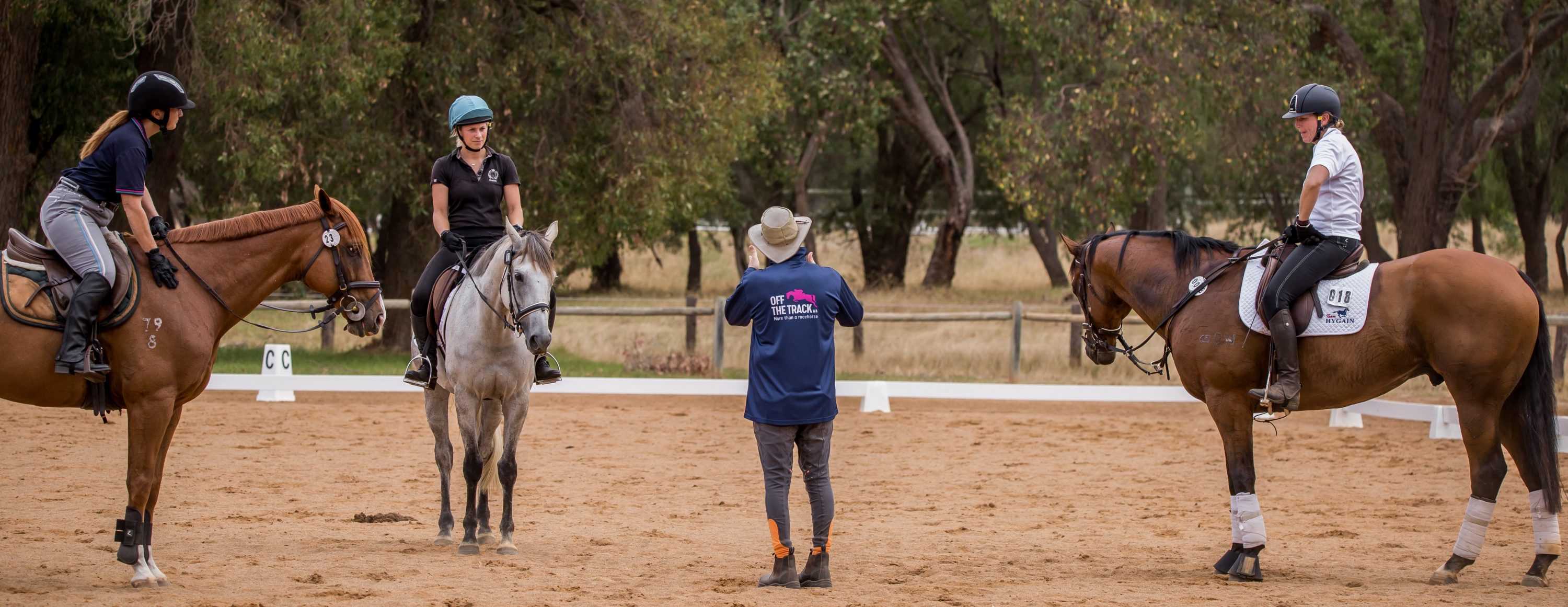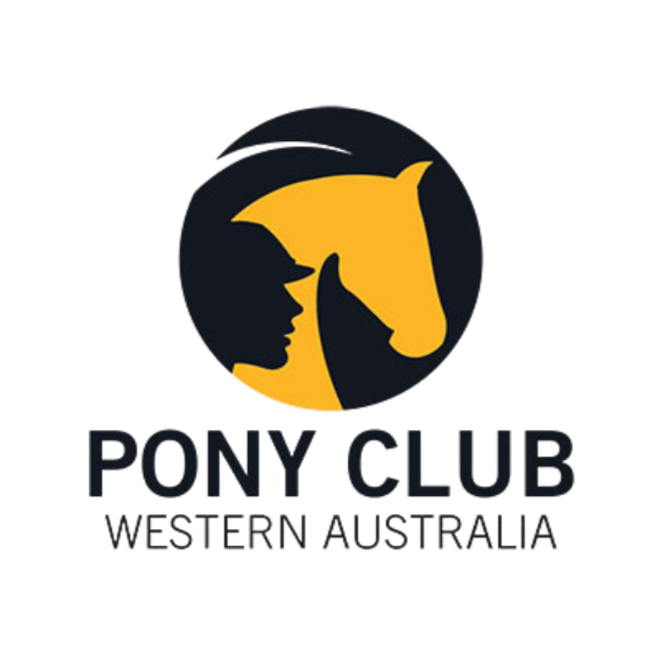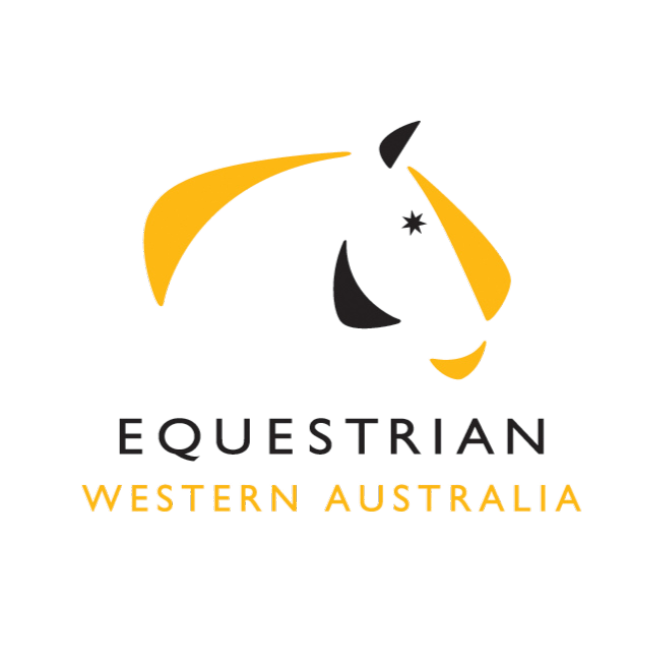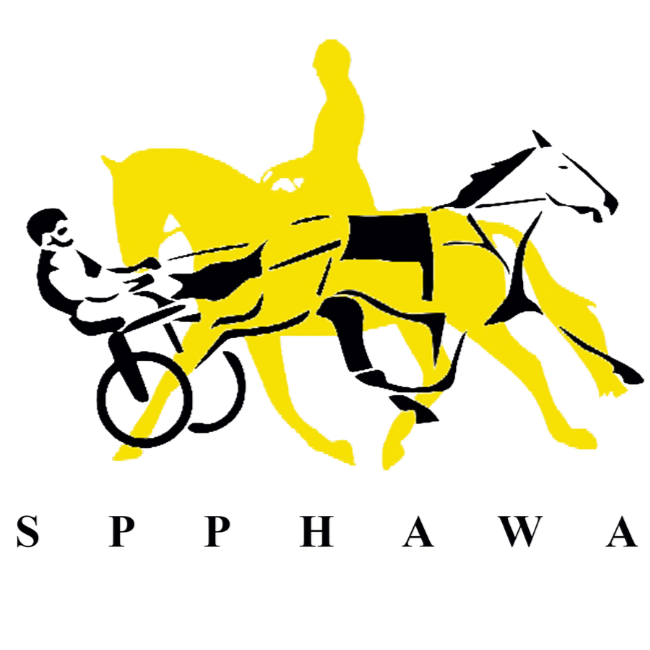How to Present Your Horse For Sale or Lease
When advertising your horse for sale or lease it is important to be clear and thorough in order to represent the horse well and attract enquiries from suitable homes.
There are two main elements in an advertisement – the text and the images. The text should give the reader a good idea of the horse’s abilities, education, physical attributes, rider suitability, temperament and location. The images should clearly illustrate the horse’s condition (fitness, weight, etc.), conformation and ability under saddle if applicable.
The most important part of advertising are the photos you use for the advert, as this is the first thing people see and it determines whether someone reads your advert or scrolls past.
Here are some handy hints to help with photos to make your ad stand out.
Standing and Conformation Images
| Desirable | Avoid |
| Two people involved in taking the photos – one person holding the horse, the other taking the photo.
|
Taking photos by yourself – this results in close up shots which don’t show much of the horse, or a lot of mucking around while your horse walks off! |
| Having the sun behind the photographer. | The photographer looking into the sun as it will result in the horse being in shadow with its features hidden. |
| The horse is standing on a flat, even surface. | Standing the horse in sand, on a hill or in long grass. |
| The horse’s attention is gained so their ears are pricked and they are looking attentive. | Letting horse put its head down, turn away or eat. |
| The horse is standing square and tail in place, not swishing flies away. | Letting horse rest a leg, stand awkwardly, or move during photo |
| Stand directly side, front or back on to the horse. | Taking photos from angles, high up or low to the ground. |
| Take lots of photos, it helps having an image of each side of the horse, plus one from the front and back as well as a nice head shot. |
Ridden Images
| Desirable | Avoid |
| Competition/clinic photos if possible. | |
| Credit the photographer if using a professional image. | Using watermarked images. These will not be accepted on many sales website including Off the Track WA. |
| Clear images demonstrating horse’s education and abilities and what the horse has done. For example images of the horse jumping, at pony club or the beach. | Including images of horse competing/performing at a level well below described in text. If you’ve stated your horse has jumped at 105cm, don’t include an image of the horse jumping 65cm unless there’s a specific purpose, for example the horse competes at lower levels with a junior rider, which demonstrates the horse is suitable to different riders. |
| Rider in neat, tidy and using safe equipment. | The rider being in untidy and unsafe equipment. E.g. Shorts with baggy shirt, sandals and no helmet. |
| Neat and tidy riding area, preferably an arena or flat and tidy paddock. | A riding area that is on uneven ground with unsafe objects. |
Standard Guidelines for Advertising
| Desirable | Avoid |
| A clean, well presented horse with neat and tidy equipment. A little bit of elbow grease goes a long way. | An unkempt horse with unsafe, dirty or misused equipment. |
| Clear photos. | Leaving rugs and fly veils on, have objects such as fencing and trees in front of the horse.
Photos are out of focus or blurry, dark or in shadow or taken from a distance. |
| Neat, tidy and presentable image background. | Having unsafe or distracting objects in the background, such as other horses, broken fencing, kids running around, etc. |
| Both ridden and unsaddled images. |
Handy Hints
| Content | Details |
| Include these standard details: |
|
| Write a succinct introduction to the horse while giving the reader an idea of the horse’s experience and what home it would be suitable for. | Example one: Luna is an 11 year old thoroughbred mare, who raced as Moonshine Lady. Luna has many years’ experience competing up to 115cm show jumping tracks and is ready to show a junior rider the ropes.
Example two: My name’s Jack, I am a three-year-old 16.2hh thoroughbred gelding, who has spent the last six months on spell after finishing a short racing career of four starts. |
| Cover the following details where applicable; |
|
| Describe the horses’ temperament. | Is the horse good to handle on the ground, easy to worm, good for the farrier, float well and how are they to ride? |
| Detail what training has been undertaken. | Has the horse had any training? For example regular lessons with qualified coach or for a horse who has just finished racing – has been lunged for two weeks since coming back in from spell after retiring from racing. |
| Cover discipline and competition history. | Is the horse currently competing in a certain discipline for example dressage, show jumping, eventing, show horse or polocrosse and what is their competition history?
For a horse who has recently retired from racing, have they displayed any ability or qualities which may mean they will potentially suit a discipline? |
| Include other details you think are relevant. | Anything interesting that may make the horse appeal to someone.
Example: Jack is great with sheep and cows and loves to go for a trail ride out in the bush. |
| Outline the price or cost. | If the horse is for sale the cost should be listed and any requirements you would like the new owner to note or if you are happy for the horse to be trialed on or off the property.
If the horse is for lease, the details of lease need to be listed.
|
| Include the horses’ location. | Include area where the horse is located or if the horse is going to be at any events for viewing. |
| Contact details of horse owner. | Name
Phone number Preferred method of contact |
| Our recommendations: | If horse is straight off the track, it needs to be advertised as ‘horse is straight off the track so will require an experienced home and rider.
Include as many details as you can, this will help to answer the questions people have. |
This article was written in conjunction with Off the Track WA Sponsored Rider, Linda Brenzi. Linda is a part of the successful Facebook page Rehome a Racehorse in Western Australia.

